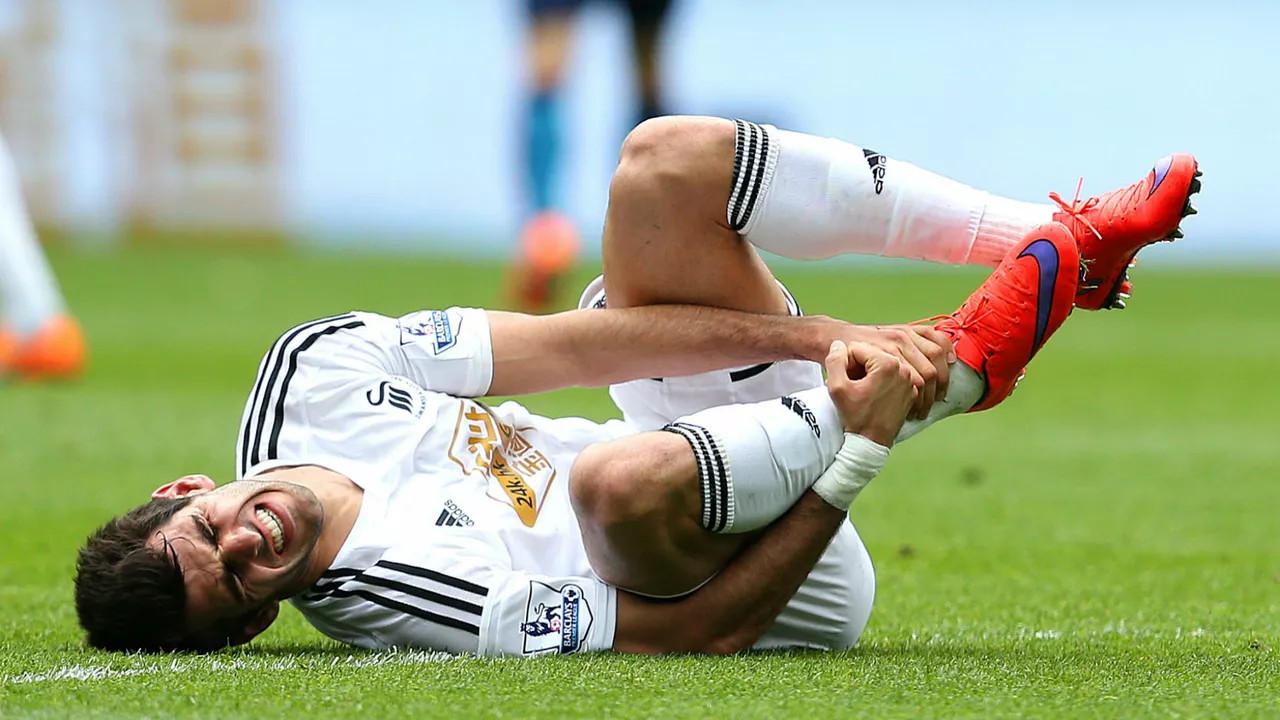Soccer Injuries: What Happens on the Pitch and How to Stay Safe
Every player knows that a sudden twist or a hard tackle can end a game in minutes. Whether you’re a weekend hobbyist or a pro in the Premier League, injuries are part of the sport. The good news? Most of them can be avoided with simple habits and the right gear. Let’s break down the biggest threats and how you can tackle them before they sideline you.
Top 5 Injuries You’ll See on the Field
1. Hamstring strains – Those sharp pulls in the back of the thigh happen when you sprint and over‑extend. They’re painful and can keep you out for weeks.
2. Ankle sprains – Cutting inside or stepping on uneven turf twists the ankle ligament. You’ll feel a pop and swelling fast.
3. Knee ligament tears – ACL or MCL tears often come from a sudden change of direction. Surgery may be needed, and rehab can take months.
4. Groin pulls – Quick side‑to‑side moves stretch the inner thigh muscles. The pain can be dull or sharp, depending on the severity.
5. Head concussions – Heading the ball or colliding with another player can jolt the brain. Even a mild concussion needs careful monitoring.
How to Prevent Injuries Before They Happen
Prevention starts with a solid warm‑up. Spend at least ten minutes doing dynamic stretches like leg swings, lunges, and light jogging. This gets blood flowing and muscles ready for sudden bursts.
Choose the right boots. Look for cleats that match the surface – firm studs for dry grass, shorter ones for wet turf. Bad traction is a leading cause of ankle twists.
Strength training matters. Simple exercises like single‑leg squats, calf raises, and core planks build stability around the knee and ankle. Stronger muscles absorb impact better.
Don’t skip the cool‑down. A few minutes of light jogging and static stretches helps flush out lactic acid and reduces soreness.
Stay hydrated and eat protein‑rich meals. Good nutrition supports muscle repair and keeps you alert, lowering the risk of sloppy tackles.
If you feel any pain during a match, stop and assess. Pushing through a niggle often turns it into a serious injury. Use the R.I.C.E. method – Rest, Ice, Compression, Elevation – right after the incident.
Lastly, consider a sports‑medicine check‑up once a season. A physiotherapist can spot weak spots and suggest targeted drills before they cause trouble.
Injuries are inevitable, but they don’t have to be career‑ending. By warming up properly, using the right gear, and strengthening key muscle groups, you dramatically cut the odds of getting sidelined. Keep these habits in your routine, and you’ll be back on the pitch faster and stronger than before.
What is the most dangerous position in soccer?
After delving into the world of soccer, I've found that the goalkeeper's position is often considered the most dangerous. This position is fraught with risk as it requires high physical involvement and the player is often subject to high-speed shots on goal. They are also more prone to injuries like sprains, fractures, and concussions due to diving, collisions, and the constant pressure to prevent the opposing team from scoring. Despite the thrill and importance of the position, it's clear that being a goalie is not for the faint-hearted. So, hats off to those brave souls who take up the gloves and guard the net!
